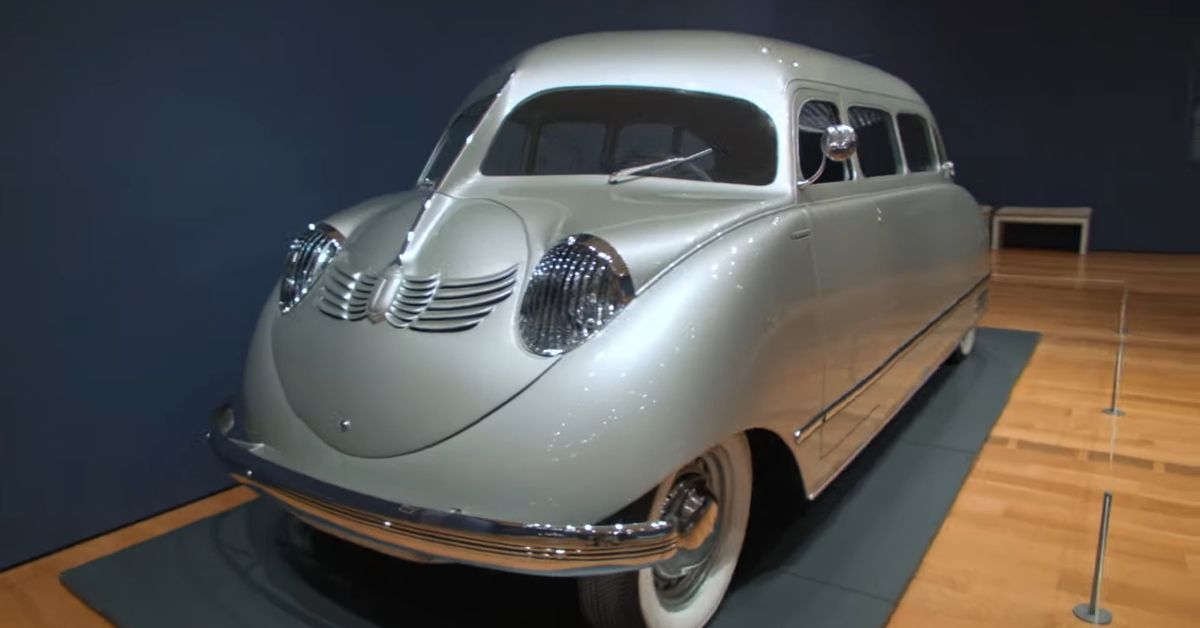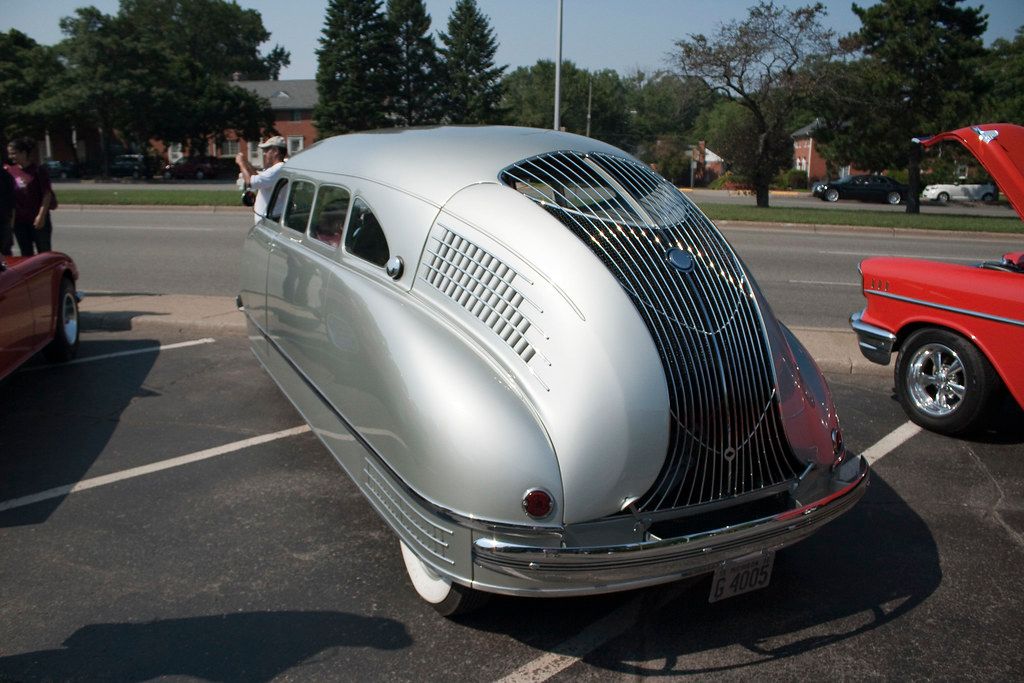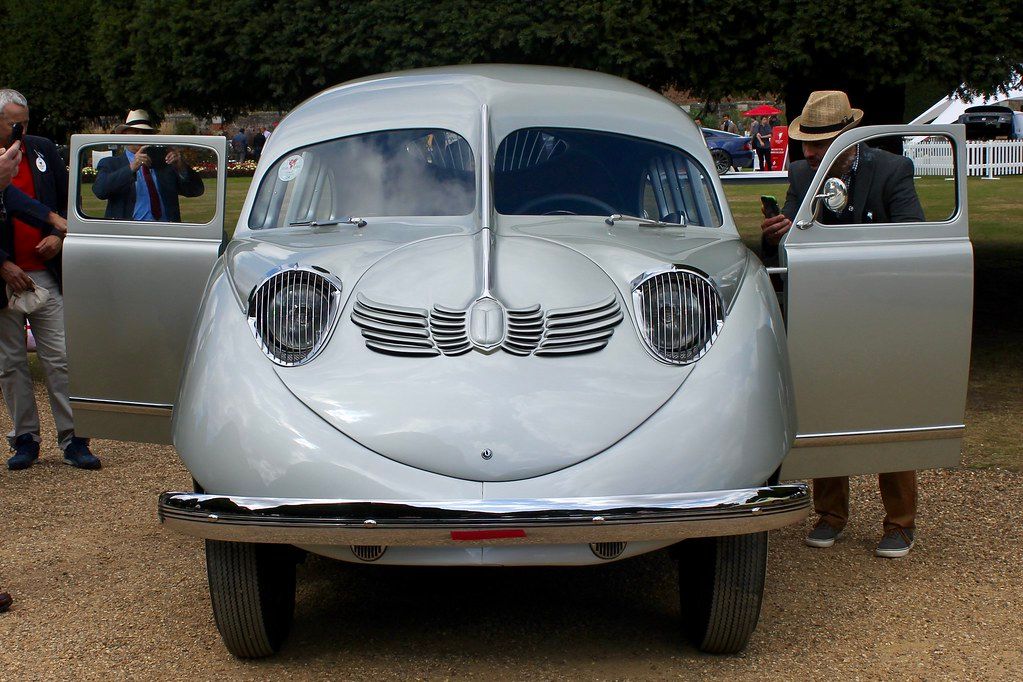What do you imagine when you think of the future? Are you optimistic and see things like that of flying cars, the end of world hunger, and the successful colonization of distant planets like Mars? Or, perhaps, you are pessimistic (like most of us after the past year) and envision a grim future with floods, nuclear war, and the continued decline of access to natural resources. Whatever you picture, there is a good chance that things won't pan out exactly as you had imagined.
No matter how good or bad things are, it is only human nature to think about what the future might hold. In the '30s, people believed we would be able to keep control of the weather and keep it nice year-round by the year 2000. Other (now laughable) ideas include women wearing glass dresses as a fashion statement and the notion that we'd have robots performing all of our house chores by now.
In addition to controlling the climate and robots, people also tended to wonder what the future of transportation was going to be like. Again, many people had some outlandish ideas, such as us all having flying cars and jet packs by now. Someone even envisioned a "whale bus"; thankfully, that never happened.
While everyone was busy illustrating their eccentric transportation ideas of what the 2000s would hold, a man by the name of William Bushnell Stout was a little more grounded in his thinking. It was so down to Earth that he was actually able to create a working prototype (and small production run) of what he thought the cars of the future would look like. Upon completion, he named it the Stout Scarab.
Here's a closer look at one of the weirdest automotive designs to come out of the 1930s.
The Scarab Was Based Off Of The Dymaxion Car
William Stout had amassed quite a resume before he got to make the Scarab. After attending the University of Minnesota, Stout founded the Model Aero Club of Illinois, acquired the position of chief engineer at Schurmeir Motor Truck Company, and became an editor for the Chicago Tribune's automotive/aviation section. Later, he created the first aviation magazine ever, dubbed the Aerial Age. Eventually, these interests led him to develop his own vehicle.
Originally, the inspiration for his design came from the Dymaxion Car he had seen at the New York Auto Show. This car differed from contemporary cars, as it had an engine mounted at the rear and a low flat floor. These changes helped alleviate the often cramped cabin areas found in most cars of the day.
Stout took these ideas and decided to fabricate his own car based on what he had seen; eventually, this would become the Scarab. The car would be streamlined for maximum aerodynamics and featured a unitized body structure. In order to accomplish this, Stout used an aircraft fuselage tank as a model for the shape of the car. Additionally, a flathead Ford 3.6 L V8 that produced about 95 hp was fitted to the back.
It Was Full Of State Of The Art Features
In addition to the unique shape of the vehicle, the Scarab hosted a multitude of other innovative features. This includes the use of independent suspension (oil shock absorbers) and coil springs on each corner. The results were a much more comfortable ride and pretty capable steering.
Another great feature of the Scarab was its ability to remain relatively lightweight when compared to other vehicles at the time. Stout's creation came in at around 3,000 pounds. The large utilization of aluminum is what ultimately allowed the Scarab to keep the pounds off. While many other vehicles at the time have a similar weight, the fact is the Scarab was much longer, roomier, and had a ton more features than its rivals.
Oddly Enough, The Futuristic Car Actually Was The First Production Minivan
Stout probably didn't know it at the time, but his Scarab is often credited with being the first production minivan in history. Despite the vehicle's length, it also has many other features that have become staples of minivans in the future. Characteristics include swivel Captain's Chairs, foldable card tables, configurable seating, and every passenger entered through a single door.
While the Scarab may have some minivan-like qualities, it definitely did not have a typical minivan price. In 1936, the Scarab was sold to the public with a starting price of $5,000 ($80,000 today). As a result of the shocking sticker price, only 9 Scarabs were produced and sold.
Stout Had His Own Scarab That He Drove Over 250,000 Miles
Currently, 5 of the 9 Scarabs that were produced still exist. Of these models, one can still be driven. It is located at the Owls Head Transportation Museum in Maine.
Additionally, 1 of the Scarabs did stay with William Stout. By the time he had retired the vehicle, he was apparently able to rack up a whopping 250,000 miles on it. According to researchers, this was all accomplished by simply driving around the United States. That's not too bad considering many cars of today don't even last 200,000 miles.
The Stout Scarab was one man's vision of the future of the automobile. For the most part, the Scarab doesn't emulate much of what we see on the roads of today. Despite this, Scout's vision does prove to be an interesting example of how humans envision the future. While these predictions are not always correct, they are indeed what will drive the world of the automobile forward.



